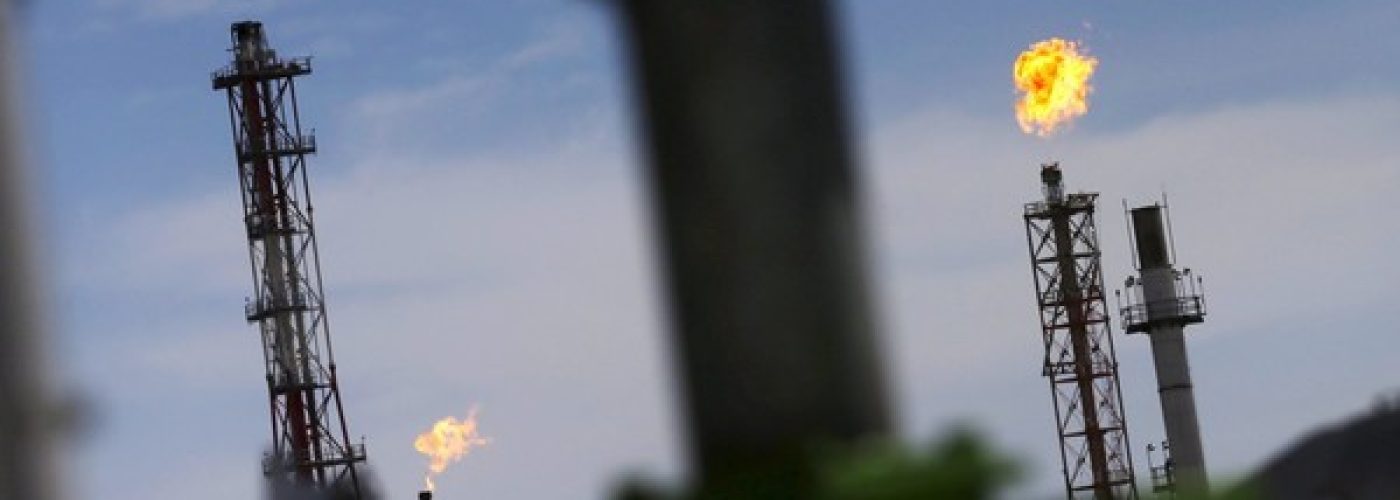 ©Reuters
©ReutersOil prices rose to their highest levels since November on Wednesday amid signs the global surplus is easing.
International benchmark Brent crude rose 90 cents a barrel to $46.64 after hitting $47.05 earlier in the day. US marker West Texas Intermediate increased 80 cents a barrel to $44.85, after reaching a high of $45.13.
Following a slide to 2003 lows in January oil prices have rebounded amid signs global supply and demand will soon come into balance. This has prompted a rush of new investment into crude futures, with speculators raising their holdings to a record high.
“The price rise is for the most part sentiment — and momentum-driven. Despite speculative overheating, any news that could suggest a higher price is viewed as a good reason to buy,” said Carsten Fritsch, analyst at Commerzbank.
On Tuesday, a marked increase in US gasoline prices and data from the American Petroleum Institute, an industry group, showing a surprising reduction in US crude oil stocks bolstered prices. The report is a precursor to official inventory data due on Wednesday from the statistics arm of the US energy department.
US dollar weakness has also given support to oil prices as market watchers say economic data are not strong enough for the US Federal Reserve to issue changes at its latest policy update. Dollar-priced commodities are cheaper for holders of other currencies.
Aside from the US, supply disruptions elsewhere are taking hold. Venezuela has announced rolling blackouts this week in an effort to further reduce power demand.
“What will happen to production of refined products and crude oil in Venezuela starting at the end of next week is a big question mark,” said Olivier Jakob at consultancy Petromatrix. “The country should continue to be considered as a real and immediate supply disruption risk.”
In recent weeks stoppages in Kuwait, Libya and Nigeria, have provided support to the oil price.
Although some market watchers say supply and demand are slowing coming into balance, others are still concerned prices are following the same trajectory as last year. In 2015 oil rose sharply in May before collapsing in the second half of the year.
Plans by big producers to agree on an output freeze at a meeting in Qatar earlier this month failed, leading some market watchers to question if countries will ramp up output as a global market share battle intensifies.
“The big unknowns are the progression of Opec [producer countries’] production for the rest of this year into next and the extent and timing of a stock shakeout when it comes,” said David Hufton at London based broker PVM.

Copyright The Financial Times Limited 2016. You may share using our article tools.
Please don’t cut articles from FT.com and redistribute by email or post to the web.





